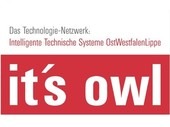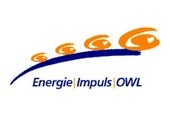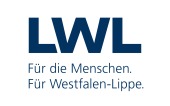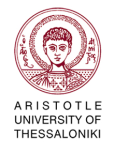Investigation on the Direct Manufacturing of Waveguides and Sensors Using FLM Technology
Additive manufacturing (AM) technologies have not only revolutionized product development and design by enabling rapid prototyping. They also gained influence on production in general, mainly because of their direct manufacturing capabilities. In the context of Industry 4.0 and the related process automation, innovative and advanced production technologies with completely new approaches are required [1]. AM technologies contribute to this with their advantages like freedom of design, cost efficient product individualization, and functional integration. On the other hand, AM still shows shortcomings in exploiting its full potential. Most current AM technologies are only applicable for manufacturing with singular materials. In particular, opportunities for processing of optically or electrically conductive materials are still missing. This paper contributes to the advancement of additive manufacturing of two different material variants or even two completely different materials. A special focus is laid on producing a part that combines mechanical with optical or electrical functionalities in one process step. The ultimate goal is to integrate sensor functionalities into an AM object, e.g. strain gauges. Extrusion processes, predominantly Fused Layer Modeling (FLM), are preferred in this research due to their mechanically simple machine setup in which additional functional materials can be adapted easily to the build process. In a first step, the general manufacturability has been evaluated. Thereafter, the resulting optical transmission properties have been analyzed. Especially the attenuation has to remain below a threshold value to accomplish a minimum signal-to-noise ratio.
Link: https://www.hs-owl.de/fileadmin/diman/Veroeffentlichungen/PEM_2017_Proc…





























































